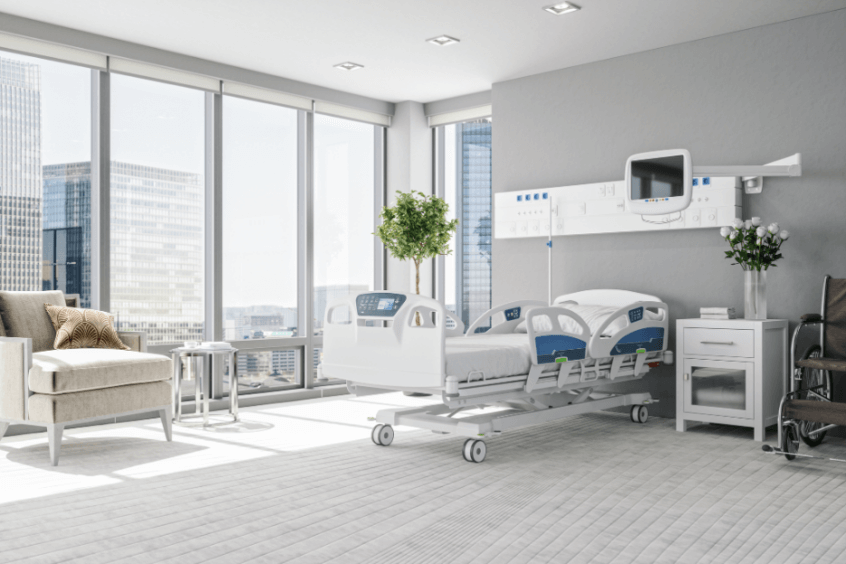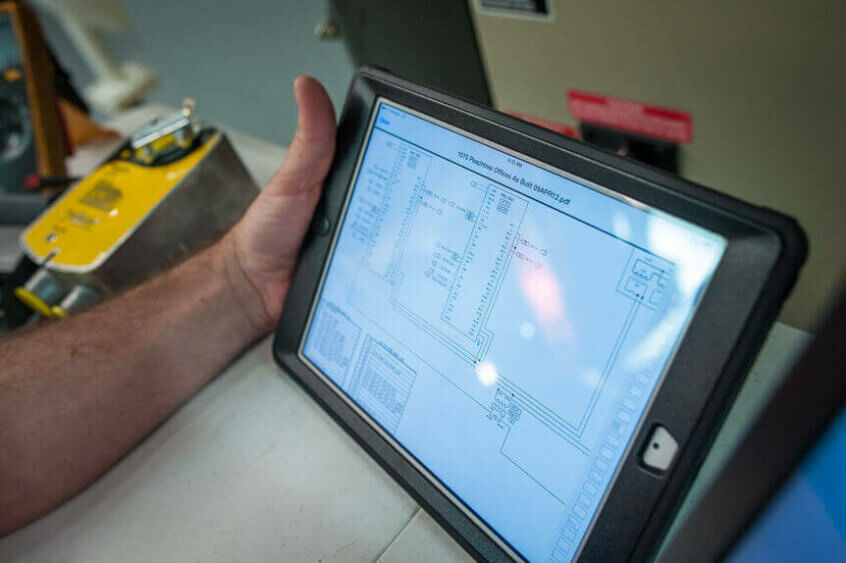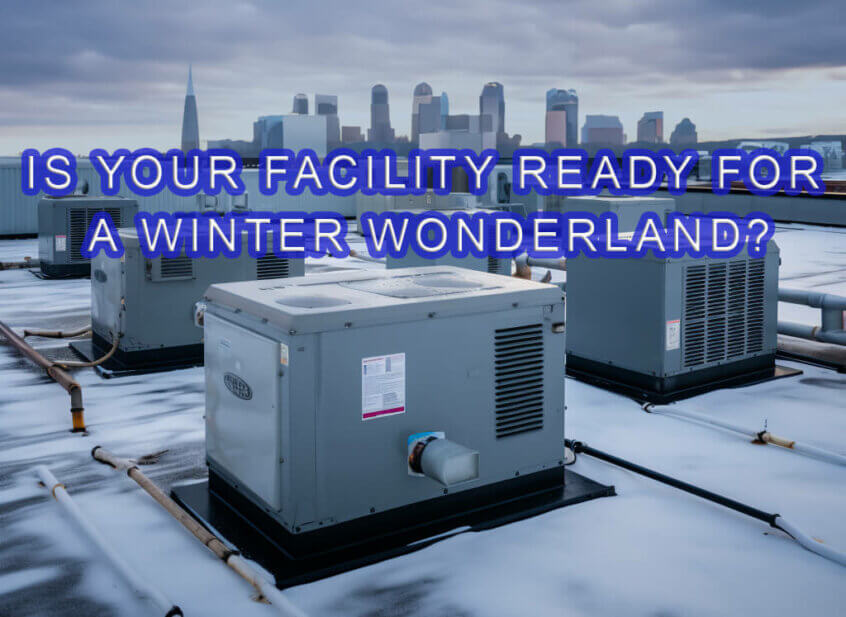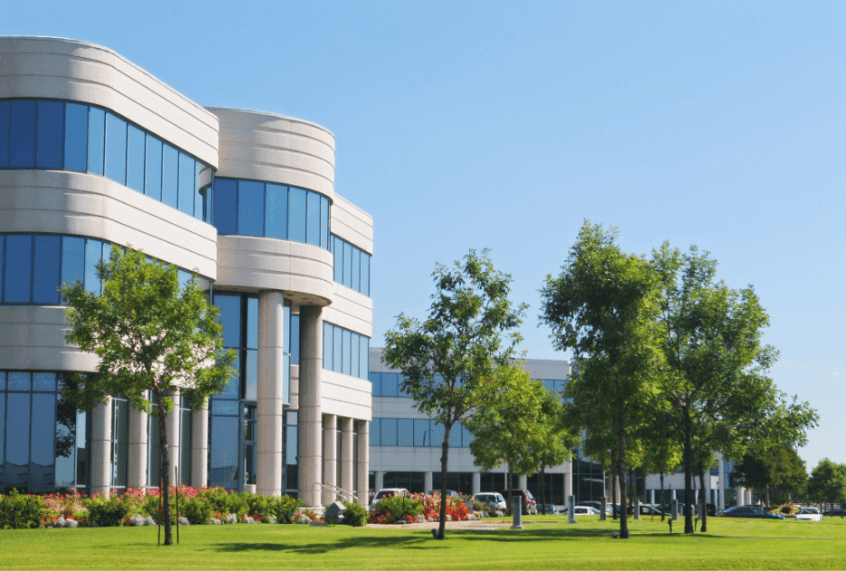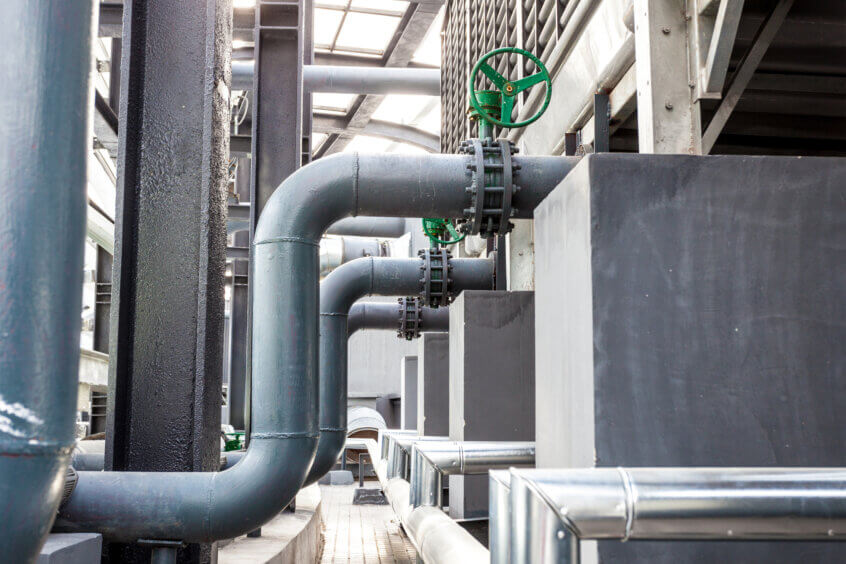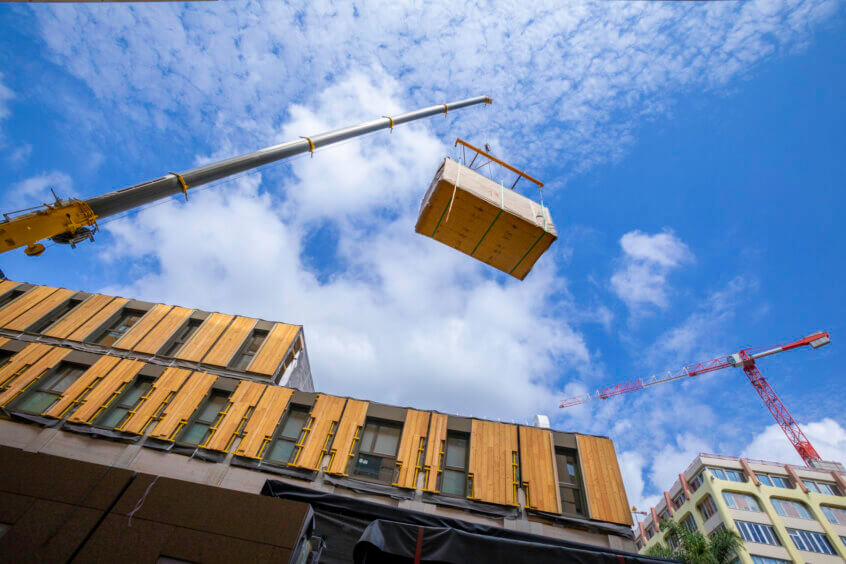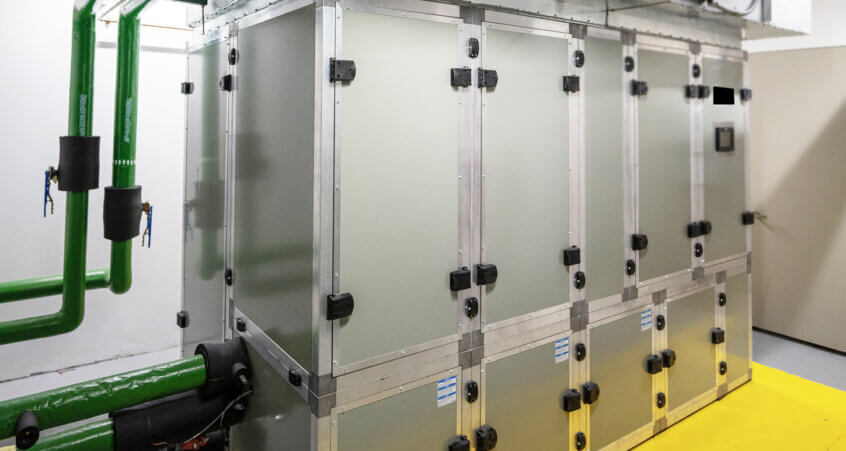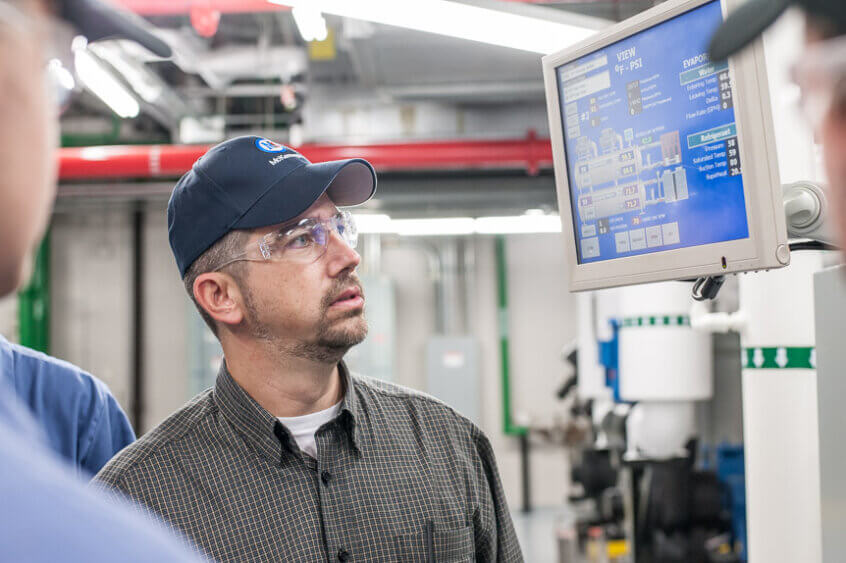Healthcare facilities are among the top energy users in the commercial sector. Hospitals, in particular, are occupied 24/7 and require constant operation of mechanical systems, lighting, plumbing systems, and other … Read More
Why Healthcare Facilities Need DDC for HVAC Systems
Direct Digital Control (DDC) plays a crucial role in providing precise control for HVAC systems, especially in healthcare facilities such as hospitals. It’s not just a question of maintaining patient … Read More
Is Your Facility Ready for a Winter Wonderland?
While a “winter wonderland” is unlikely in the Carolinas and Georgia, an icy chill of sleet and freezing rain is always to be expected. And when the weather changes, so … Read More
Preparing Your Commercial HVAC Systems for the Change in Weather
As the leaves change color and the air turns crisper, it’s a clear sign that fall is on the horizon. For commercial building owners and facility managers, this means it’s … Read More
Advantages of a SWUD Unit for Your Commercial Building
Trying to keep everyone comfortable with multiple floors and different types of tenants in large commercial buildings can be challenging. With rising energy costs, facilities managers often look for cost-saving … Read More
The Importance of Testing, Adjusting, and Balancing Your HVAC System
Testing, adjusting, and balancing your HVAC system ensures that all components are working together as they should. This keeps everything running efficiently and maximizes the system’s performance. Testing checks system … Read More
McKenney’s Shops Keep Projects Moving Smoothly
Prefabricating components is often the most effective strategy to meet the demands of a tight project schedule. McKenney’s prefabricates assemblies and systems for most of our large and small-scale commercial … Read More
What’s The Cost of Doing Nothing?
What happens at that crucial moment when a property manager must decide if it is time to repair or replace their commercial HVAC / SWUD unit? Isn’t it easier to … Read More
McKenney’s Provides Test & Balance Services
Temperature imbalances in homes are often ignored because the solution usually requires a system replacement, which can be pricey and time-consuming. However, with the proper knowledge and equipment, an HVAC … Read More




